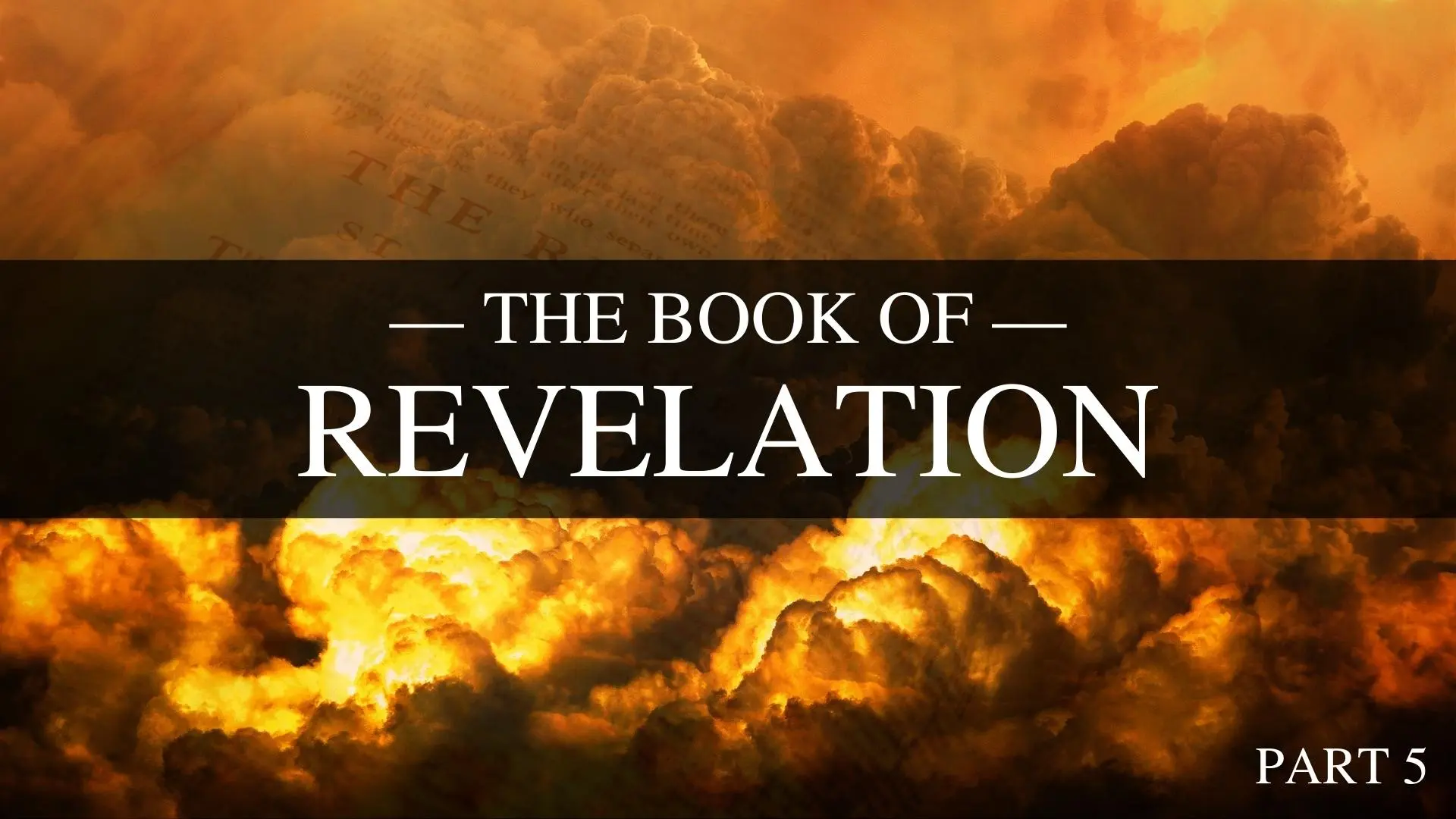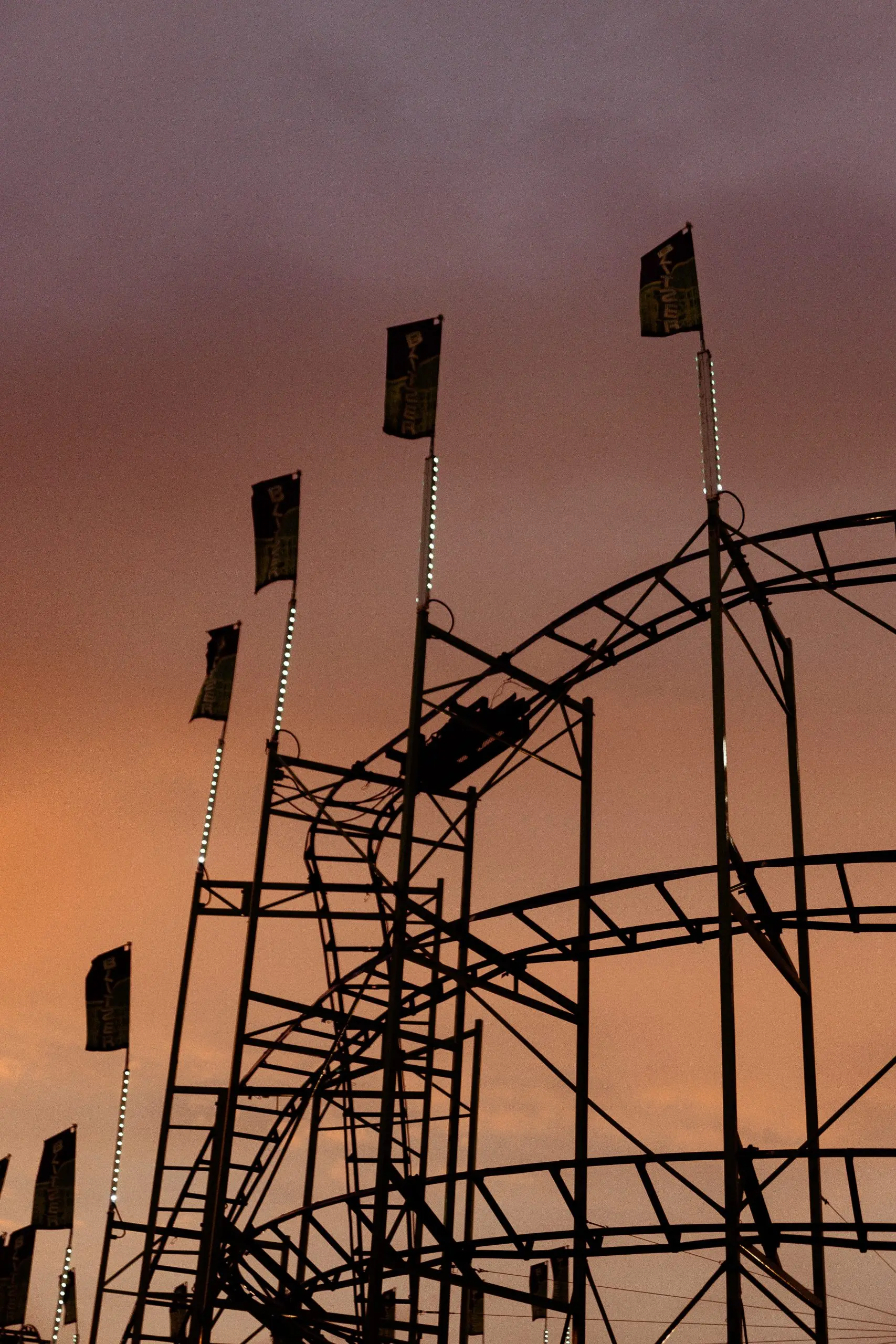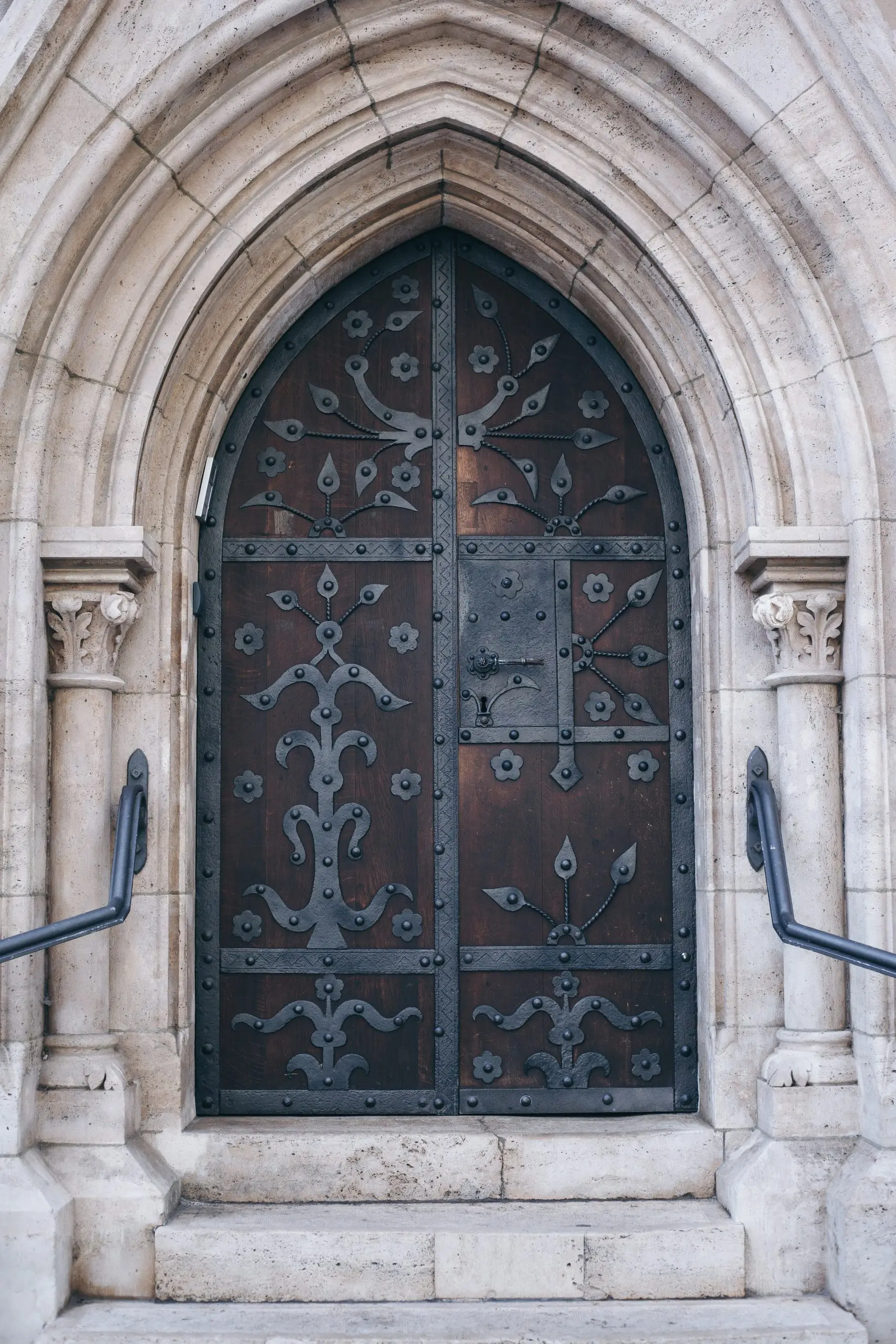Text: Revelation 6–7
Whereas chapter five of Revelation gives us a picture of the heavenly throne room of God and of the vesting of authority to the Son to be the executor of judgment, chapter six reveals that judgment taking place as the Lamb breaks the seven seals. This point of Revelation marks the beginning of what has been called the tribulation period, a time of divine wrath and judgment at the end of the age against all wickedness and unbelief (Jeremiah 30:7; Daniel 12:1; Matthew 24:21).
The First Seal
After the Lamb breaks the first seal, John sees a white horse and seated upon it one with a bow. He’s given a crown, signifying his authority over the nations as he goes out and conquers. Because Christ is depicted in His second coming (Revelation 19:11) as coming on a white horse, some have thought that this rider must refer to Christ. However, Christ does not return as a conqueror until the end of the tribulation. Further, the other seals relate to the destruction and judgment of the earth, which is to precede the second coming of Christ. Therefore, it may be a more accurate interpretation to suggest that this first rider represents some future ruler, possibly the Antichrist[efn_note]The “Antichrist” is to be distinguished from the “spirit of the antichrist” mentioned in 1 John 4:2–3. In the context of 1 John, what is being talked about are false prophets and teachers who, in effect, serve as the mouthpiece of false spirits. The “Antichrist” refers to the “man of lawlessness” (2 Thess. 2:3–4; Rev. 13:5–8) who will set himself up as God to be worshiped as God. [/efn_note], who conquers the nations under his one rule (Daniel 9:26).
The Second Seal
Between the first and second seal, there seems to be a relative time of peace on the earth. This is removed with the breaking of the second seal. The second rider carries a great sword, unlike the first rider, who had an arrowless bow.
The Third Seal
Following the second seal of war, there will be a great period of famine upon the earth. A rider with scales in his hand comes on a black horse. The description given by the creatures is telling:
And I heard something like a voice in the center of the four living creatures saying, “A quart of wheat for a denarius, and three quarts of barley for a denarius; and do not damage the oil and the wine.” (Revelation 6:6)
The denarius was a day’s wages. This seems to indicate that food would be so scarce that it would take a day’s wages just to purchase a meal for that day.
The Fourth Seal
A culmination of war and famine gives way to pestilence, disease, and death. John describes an ashen (or sickly pale) horse, and on it is a rider called Death. Hades follows behind him, and they are given authority to kill with the sword, famine, pestilence, and the beasts of the earth. A fourth of the earth is given over to death.
The Fifth Seal
With the breaking of the fifth seal, the martyrs of the great tribulation are brought into view. Even though the church has been removed by this point, many will come to faith in Christ during the tribulation and will lose their lives for that faith. They cry out to the LORD, asking how long this will go on. The One who is faithful and true tells them that the tribulation is not yet over. There are still those who remain who will believe in Him and be martyred during this time.
The Sixth Seal
Unlike the other seals that are related to human tribulation and death, the breaking of the sixth seal brings tribulation upon the natural order. Such great fear and distress is felt by those who reject the One who sits on the throne, that they’d rather be crushed by the mountains than face the wrath of the Lamb (Revelation 6:17).
The end of chapter six of Revelation is a pivotal point in the whole book, as it describes the culmination of great terror among those on the earth and sets the stage for the introduction of the seventh seal (described in Revelation 8).
The Martyrs of the Tribulation
Before describing the seventh seal, in chapter seven of Revelation, John describes a scene where the martyrs of the tribulation are gathered. Two groups are identified here: (1) Israel, and (2) people from every tribe, nation, and tongue. It’s difficult to know precisely what is being communicated with the depiction of the 144,000, but it is clear that those who are saved amidst the tribulation will come both from within Israel and from without. There will be those from around the world who come to faith in Christ and are killed for it.
Need a teaching/learning tool on the book of Revelation? Check out Ken’s Talk Thru the Bible Teacher Kit on this book. Available as an individual download.
Missed a part of the series? Catch up by clicking here.



